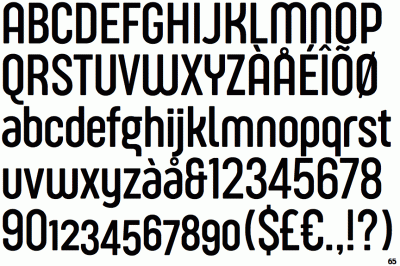In today’s interconnected world, having a website that caters to a global audience isn’t just a nice feature — it’s often a necessity. Creating a multi-locale WordPress website means offering content in different languages and customizing user experiences based on location. It might sound complex at first, but with the right tools and strategies, you can make your site accessible and welcoming to visitors from all around the globe. Whether you’re expanding your business internationally or targeting diverse communities, understanding how to set up and manage a multi-locale WordPress site is key to reaching wider audiences and building meaningful connections worldwide.
The Importance of Multi-Locale Sites for Global Businesses
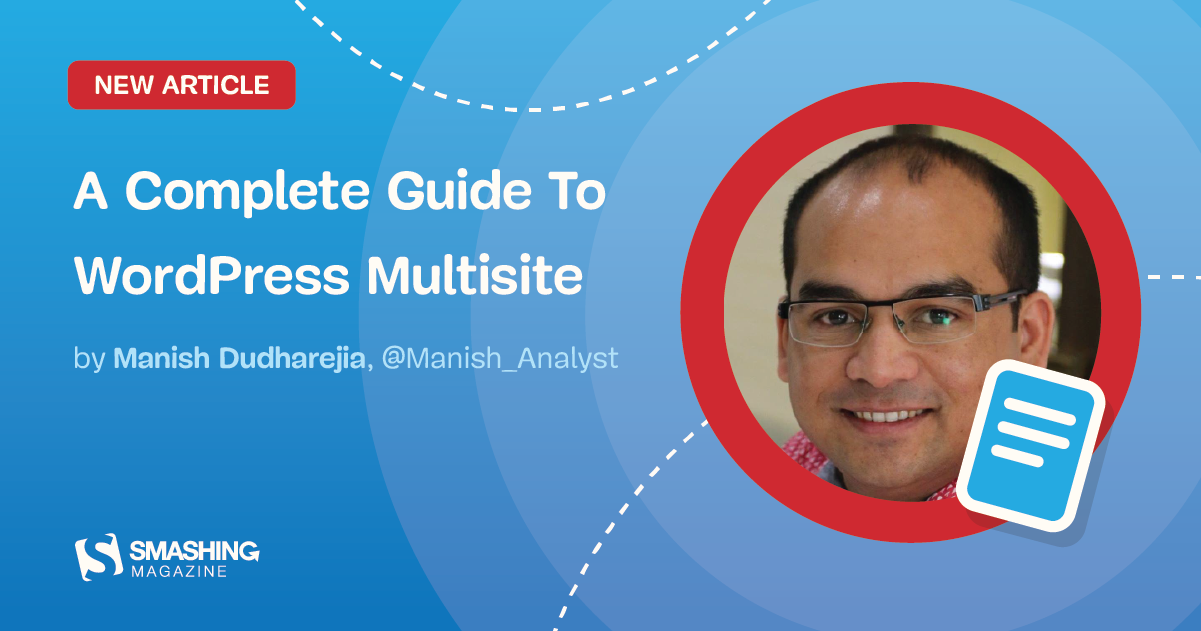
Having a multi-locale website isn’t just about translation; it’s about showing your visitors that you care about their language, culture, and preferences. When visitors land on your site and see content in their native language, they’re more likely to stay, engage, and convert. Here’s why multi-locale sites are a game-changer for global businesses:
- Enhanced User Experience: Visitors feel more comfortable and confident when they can navigate your site in their preferred language.
- Increased Reach and Visibility: Multilingual sites can improve your SEO in different regions, helping you appear in local search results.
- Competitive Advantage: Offering localized content sets you apart from competitors who only have a single-language site.
- Better Customer Trust and Loyalty: Customers appreciate brands that respect their language and culture, leading to stronger loyalty.
- Market Expansion Opportunities: A well-managed multi-locale website opens doors to new markets and customer segments that might otherwise be inaccessible.
In essence, a multi-locale WordPress site isn’t just about adding languages; it’s about creating a seamless, culturally-aware experience that resonates with your global audience. This approach can significantly boost your international presence, sales, and brand reputation, making it a smart investment for any business aiming for worldwide growth.
3. Choosing the Right Multilingual Plugins for WordPress
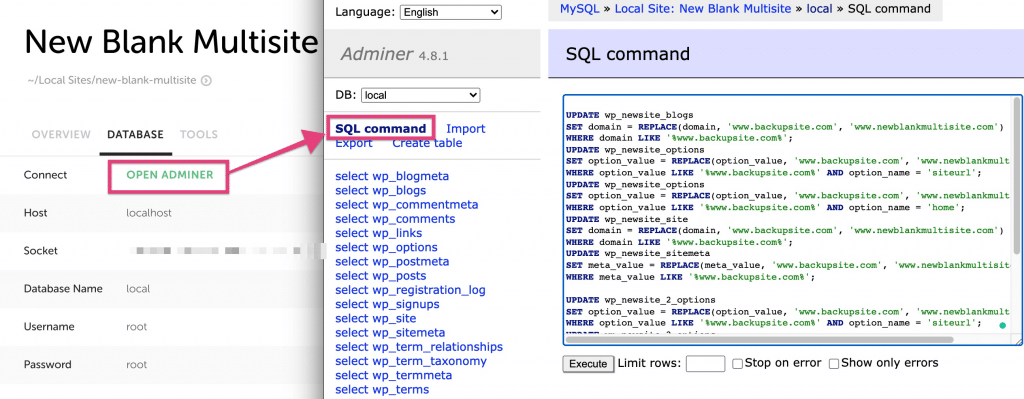
When it comes to making your website accessible to a global audience, selecting the right multilingual plugin is a crucial first step. There are several options out there, each with its own strengths and quirks. So, how do you pick the best fit for your site? Let’s break down some of the most popular choices and what you should consider.
First, think about your specific needs. Are you looking for a free solution, or are you willing to invest in premium features? Do you prefer a plugin that handles translation management internally, or one that integrates smoothly with professional translation services? Understanding these factors will help narrow down your options.
Popular Multilingual Plugins for WordPress
- WPML (WordPress Multilingual Plugin): This is one of the most widely used multilingual plugins. It offers a robust set of features, including translation management, compatibility with many themes and plugins, and support for WooCommerce. However, it’s a premium plugin, so there’s a cost involved.
- Polylang: A popular free alternative that allows you to create multilingual content easily. It supports manual translations and integrates with professional translation services via add-ons. The interface is user-friendly, making it a good choice for beginners.
- TranslatePress: Known for its visual translation interface, TranslatePress lets you translate your site directly from the front end. It supports both manual and automatic translations and offers a free version with optional premium add-ons for advanced features.
- Weglot: A cloud-based translation service that automates much of the process. It’s easy to set up and manage, with a sleek interface. The main downside is the cost, especially as your site grows in traffic and language options.
What to Consider When Choosing a Plugin
- Ease of Use: How intuitive is the plugin? Will you need to spend hours learning how to set it up?
- Translation Management: Does it support manual translations, automatic translation, or both?
- Compatibility: Will it work seamlessly with your theme, page builder, and other plugins?
- Performance: Will it slow down your site? How well does it handle large amounts of content?
- Cost: Is it free, freemium, or premium? What features are included at each price point?
Choosing the right plugin is about balancing your needs, budget, and technical comfort level. Take advantage of free trials or demo versions when available, and don’t hesitate to test a couple of options before making your final decision. Remember, a good multilingual plugin will make managing your global content much smoother and more efficient!
4. Step-by-Step Guide to Setting Up a Multi-Locale Website in WordPress
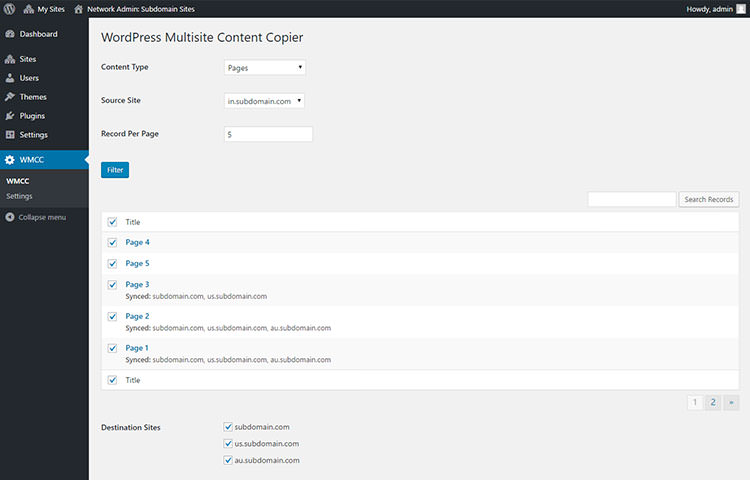
Alright, now that you’ve picked your perfect multilingual plugin, it’s time to get your site ready for multiple languages. Here’s a straightforward, step-by-step guide to help you set up your multi-locale website in WordPress. Don’t worry — I’ll keep it simple and clear!
Step 1: Install and Activate Your Chosen Plugin
First things first, head over to your WordPress dashboard. Navigate to Plugins > Add New. Search for the plugin you selected (like WPML, Polylang, or TranslatePress). Click Install Now, then Activate.
Step 2: Configure Basic Settings
Most plugins will have a setup wizard or a dedicated settings page. Follow the prompts to select your default language — this is usually your primary site language. Then, add additional languages you want to support. For example, if your site is originally in English and you want to add Spanish and French, select these languages now.
Step 3: Set Up Language Switchers
Now, it’s time to add language switchers — the buttons or menus visitors will use to select their preferred language. You can add these switchers in various locations:
- Navigation menus
- Sidebar widgets
- Footer areas
- Within page content (if supported)
Most plugins offer customizable switcher styles. Choose one that fits your site’s design and place it where it makes sense for your visitors.
Step 4: Translate Your Content
This is where the real work begins! Depending on your plugin, you can:
- Translate pages and posts manually by editing each piece of content in the new language.
- Use automatic translation features if available (just remember to review and edit auto-translations for accuracy).
- Integrate with professional translation services for high-quality results.
Most plugins add a language selector in the post/page editor, making it easy to create translations side by side with your original content.
Step 5: Configure SEO Settings
To make sure your multi-locale site ranks well in search engines, set up hreflang tags and other SEO options provided by your plugin. This helps Google understand which version of a page to show to users in different regions.
Step 6: Test Your Setup
Visit your site and switch between languages using your switcher. Check that the translated pages load correctly, and all elements display as expected. Test on different devices and browsers to ensure a seamless experience.
Step 7: Maintain and Expand
As you add more content or new languages, keep your translations updated. Regularly review your switcher placement and site performance. With your multi-locale setup in place, you’re now ready to reach audiences across the globe!
And there you have it — a clear, simple process to turn your WordPress site into a multilingual, multi-locale powerhouse. Remember, patience is key, especially when translating content. But with the right tools and a step-by-step approach, you’ll be engaging international visitors in no time!
5. Best Practices for Managing Content Across Multiple Languages
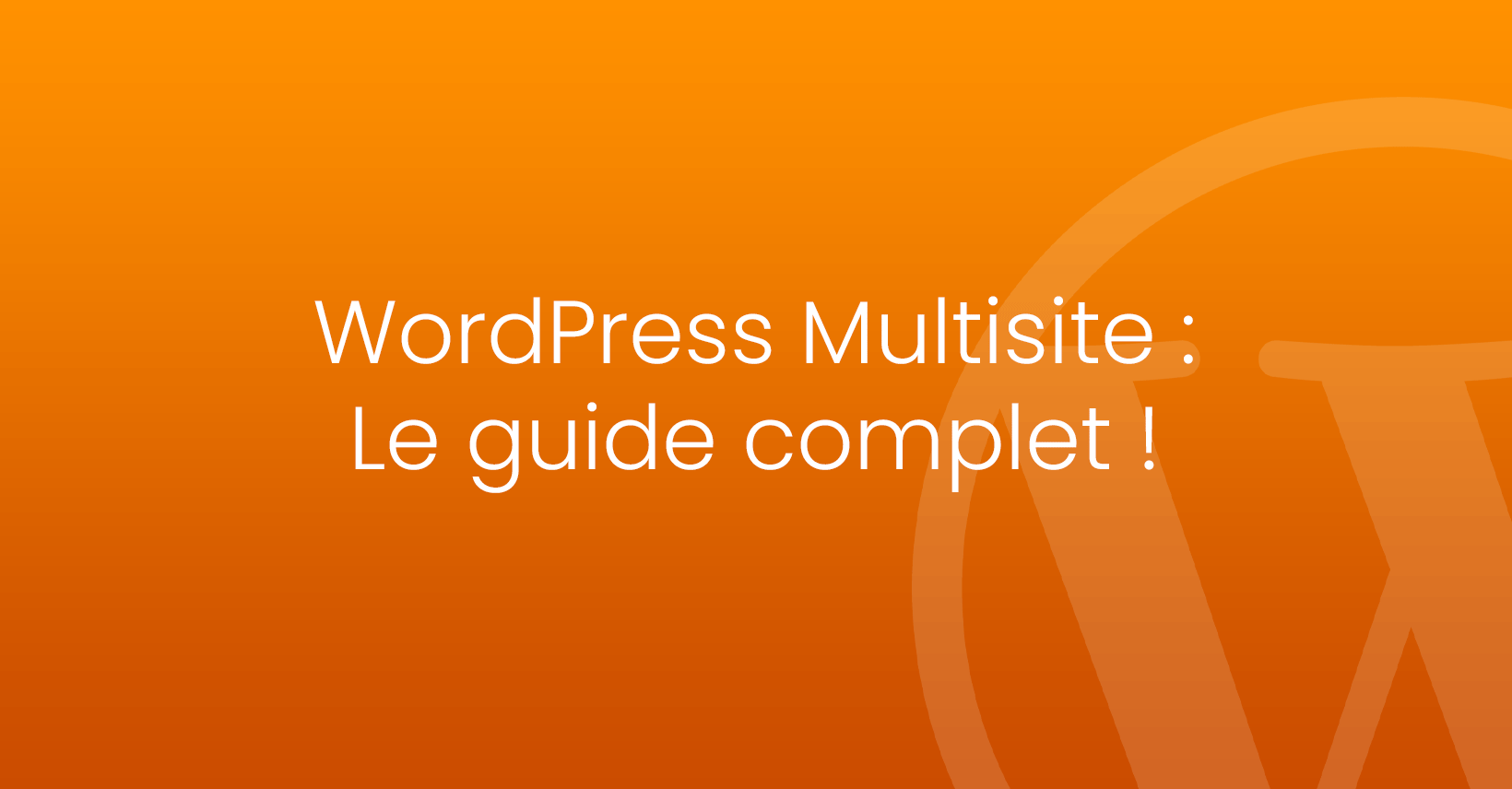
Managing content across multiple languages can feel overwhelming at first, but with a few best practices, you can keep everything organized and ensure your visitors have a seamless experience no matter where they come from. Here are some tips to help you stay on top of your multi-locale site:
1. Use Professional Translations
While machine translation tools like Google Translate are tempting, they often lack nuance and can lead to awkward or incorrect translations. Investing in professional translators or native speakers ensures your content feels natural and culturally appropriate. It also helps maintain your brand voice across all languages.
2. Maintain Consistent Content Structure
Consistency is key. Keep your page structure, menus, and categories uniform across all languages. This way, visitors can easily find what they’re looking for, no matter the language. Use the same layout and navigation patterns to create a familiar experience.
3. Organize Content with Clear Language Indicators
Make it obvious what language each piece of content is in. Use language flags or labels, and consider creating dedicated sections or directories for each language version. This not only helps users but also makes it easier for you to manage your content.
4. Keep Content Updated and Synced
When you update or add new content, make sure the corresponding translations are also updated. This prevents discrepancies and ensures all visitors receive current information. Some multilingual plugins allow you to sync content or track what’s missing in each language.
5. Implement a Clear Language Switcher
A visible and easy-to-use language switcher is essential. Position it prominently, like in the header or footer, and allow visitors to switch languages effortlessly. Consider using flags or language names, but keep in mind that flags can sometimes be confusing or culturally insensitive; plain text might be more inclusive.
6. Test User Experience in Different Languages
Regularly browse your site in each language version. Check for broken links, missing images, or awkward translations. User testing helps you identify issues early and provides feedback on how your multilingual experience feels in real-world scenarios.
7. Use a Multilingual Plugin That Fits Your Needs
Choose a plugin that scales with your site’s complexity. Some popular options include WPML, Polylang, and Weglot. Evaluate their features, ease of use, and support for your preferred translation workflows. A good plugin will streamline management and reduce headaches down the line.
6. Optimizing Your Multi-Locale Site for Search Engines
Optimizing a multilingual website for search engines is crucial for reaching a global audience. SEO practices differ slightly when you’re dealing with multiple languages, so here’s what you should focus on to maximize your visibility:
1. Use hreflang Tags Properly
Hreflang tags tell search engines which language and regional version of a page to serve to users. Implementing them correctly helps prevent duplicate content issues and ensures the right audience gets the right version. For example:
| Page URL | Language | Region |
|---|---|---|
| example.com/en/ | English | Global |
| example.com/fr/ | French | France |
| example.com/es/ | Spanish | Spain |
Ensure each version has the correct hreflang tags in the <head> section or via your SEO plugin.
2. Optimize Metadata in Each Language
Title tags, meta descriptions, and headings should be translated accurately. Use keywords relevant to each language and region to improve local SEO. Avoid copying content directly from one language to another—local optimization matters.
3. Create Unique and Valuable Content for Each Locale
While some content can be duplicated with translations, consider creating content tailored to each locale’s culture and interests. Localized blog posts, testimonials, and case studies resonate better with regional audiences and boost engagement.
4. Use Localized Keywords and Search Terms
Conduct keyword research for each target language and region. Tools like Google Keyword Planner or SEMrush can help identify popular search terms. Incorporate these naturally into your content to improve your rankings.
5. Optimize URL Structure
Use clear, descriptive URLs that include language indicators, like /en/, /fr/, or /de/. Avoid using query parameters for language, as clean URLs are preferred by search engines. For example:
- https://example.com/en/about-us/
- https://example.com/fr/a-propos/
6. Build Local Backlinks
Earn backlinks from regional websites and directories relevant to each locale. Local backlinks enhance your site’s authority in specific regions, helping your pages rank higher in local search results.
7. Monitor and Analyze Performance
Use tools like Google Search Console and Analytics to track how each language version performs. Look for issues like crawl errors, low traffic, or poor rankings, and optimize accordingly.
By following these best practices, you’ll ensure your multi-locale WordPress site not only reaches a global audience but also provides a valuable, user-friendly experience that encourages visitors to engage and convert. Remember, international SEO is an ongoing process—stay updated with best practices and adapt as needed to keep your site at the top of search results worldwide.
7. Handling Language Switchers and User Experience
When it comes to managing a multi-locale site, one of the most critical aspects is how users switch between different languages. A well-designed language switcher not only makes the experience seamless but also encourages visitors to explore your content in their preferred language. So, how do you create an intuitive and user-friendly language switcher in WordPress?
Here are some tips to optimize the user experience with language switchers:
- Placement Matters: Place the switcher where users naturally look, like the top menu bar, header, or footer. Consistent placement helps visitors find it quickly.
- Keep It Simple: Use clear labels like “English,” “Français,” or “Deutsch” instead of obscure icons unless you’re confident users recognize them. Text labels are generally more accessible.
- Use Flags Carefully: While flags are popular, they can be misleading or politically sensitive. If you include flags, accompany them with language names for clarity.
- Automatic Detection and Prompting: Consider using plugins that detect a visitor’s browser language and suggest switching to their preferred language. However, always give users control—don’t force changes.
- Responsive Design: Ensure the switcher looks good on all devices—desktop, tablet, or smartphone. A dropdown menu often works well on smaller screens.
- Accessible Design: Make sure the switcher is accessible for all users, including those using screen readers. Use semantic HTML and ARIA labels where necessary.
Popular plugins like WPML, Polylang, or Weglot offer built-in options for creating elegant language switchers. They often include customization options so you can match the switcher to your site’s style.
8. Common Challenges and How to Overcome Them
Managing a multi-locale WordPress site isn’t without its hurdles. From technical issues to content consistency, there are several common challenges you might face. But don’t worry—most of these can be tackled with the right strategies.
Here are some typical challenges and how to address them:
| Challenge | Solution |
|---|---|
| Duplicate Content Issues | Use hreflang tags to tell search engines about language and regional targeting. Properly configuring these tags helps avoid SEO penalties for duplicate content. |
| Maintaining Content Consistency | Develop a clear content strategy and workflow. Use translation management tools or professional translators to ensure accuracy and consistency across languages. |
| Handling SEO for Multiple Languages | Optimize each language version with localized keywords, metadata, and URLs. Use SEO plugins and hreflang tags effectively to improve visibility in regional searches. |
| Technical Compatibility | Ensure your hosting environment and plugins are compatible with multilingual features. Regularly update plugins and WordPress core to maintain security and functionality. |
| Performance Issues | Multilingual sites can be heavier, impacting load times. Use caching, CDN, and optimized images to keep your site fast across all languages. |
| User Experience Gaps | Test your site with real users from different regions. Gather feedback and refine the switcher placement, language options, and navigation paths accordingly. |
Remember, the key to overcoming these challenges is planning ahead. Set clear guidelines for content translation, SEO, and technical management, and leverage the right tools and expertise. With patience and the right approach, you can create a smooth, engaging experience for your global audience.
9. Maintaining and Updating a Multi-Locale WordPress Site
Keeping your multi-locale WordPress site fresh, secure, and functional is an ongoing journey. It’s not just about adding new content but also ensuring that each language version stays synchronized, secure, and optimized. So, how do you make this process smooth and manageable?
Regular Content Updates are key. Whether you’re adding blog posts, updating product descriptions, or refreshing landing pages, make sure to update all localized versions consistently. Using a multilingual plugin that supports content synchronization can help you manage these updates more efficiently.
Another crucial aspect is plugin and theme maintenance. Keep all your plugins, especially those related to multilingual functionality, up to date. Developers frequently release updates to improve security, fix bugs, and add features. Regularly check for plugin compatibility issues after updates and test your site thoroughly.
Security is paramount. Multi-locale sites can be more vulnerable due to the increased complexity. Implement a robust security plugin, enable two-factor authentication, and regularly review user permissions. Also, make regular backups—preferably automated backups—so you can restore your site quickly if anything goes wrong.
Monitoring your site’s performance across different locales is also essential. Use tools like Google Analytics and Search Console to track traffic, user engagement, and SEO performance for each language version. This data will help you identify areas for improvement and ensure your site is effectively reaching your international audience.
Lastly, engage with your audience. Listen to feedback from users in different regions. Are there language-specific issues? Is certain content not resonating? Use these insights to refine your localization strategy and provide a better experience across all locales.
10. Conclusion and Tips for Expanding Your Global Reach with WordPress
Expanding your website’s reach globally is an exciting opportunity—and with WordPress, it’s entirely achievable. By thoughtfully managing your multi-locale setup, optimizing for international SEO, and continuously engaging with your diverse audience, you can build a truly global presence.
Here are some quick tips to keep in mind as you grow:
- Prioritize User Experience: Make your site easy to navigate in all languages, with clear language switchers and culturally appropriate content.
- Optimize for International SEO: Use hreflang tags, localized keywords, and region-specific content to improve search engine visibility in target markets.
- Leverage Local Partnerships: Collaborate with regional influencers or partners to boost credibility and reach.
- Invest in Quality Translations: Machine translations are helpful, but professional localization ensures your message resonates authentically across cultures.
- Monitor and Adapt: Keep an eye on analytics for each locale, learn what works, and adapt your strategy accordingly.
Remember, expanding globally is a marathon, not a sprint. Patience, continuous learning, and adaptability are your best tools. With WordPress’s flexible ecosystem and the right strategies, you can turn your website into a powerful tool for reaching audiences around the world.
So, go ahead—embrace the challenge, explore new markets, and watch your international community grow!

